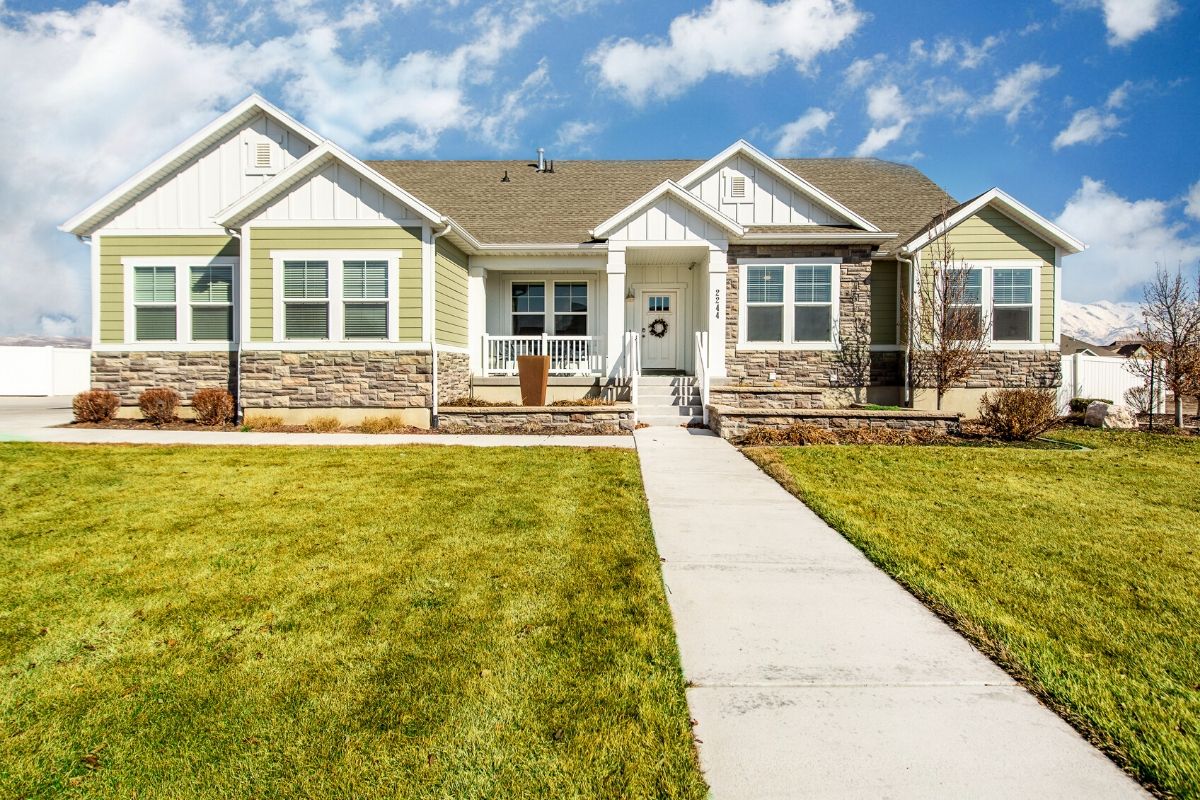
Everyone is being effected by the Coronavirus (COVID-19) in one way or another. And while it has hit some people harder than others, there are a lot of questions that have risen as a result of this pandemic and because of the volatility of the stock market. Looking at the economy now and comparing this time to the housing crash during the Great Recession in 2008, it is understandable why some would be uneasy about buying a home at this time. But there is good news. There are a number of reasons that the real estate market is nothing like what it was in 2006-2008. Here’s why.
1. Mortgage Standards Are Much Different Today
During the housing crash in 2006-2008, almost anyone could qualify for a mortgage. The mortgage crisis was a result of too much borrowing and flawed financial modeling. Because of how easy it was to qualify for a mortgage, many bought more home than they could afford, and eventually were unable to make monthly payments on their home and faced difficult choices. Today, getting a mortgage is much harder than it was before and during the housing crash, to make for a more secure market.
2. Home Prices Are More Stable
The graph shows annual house appreciation over the past six year compared to the six years leading up to the height of the housing bubble. While appreciation is up now compared to the average 3.6%, it’s nothing like what it was before the crash.
3. A Surplus Vs. Shortage of Homes
If you have perused the MLS or other home buying websites, you might have noticed the lack of homes on the market recently, making for more competition and more often than not, bidding wars on homes. In a normal real estate market, you need approximately six month’s supply of inventory. Anything more than that is an overabundance and less than that is a shortage. As you can see, too many homes in 2007 caused prices to tumble, while today there is a shortage which accelerates home’s values.
4. Home Affordability
During the crash, homes became too expensive to buy. The housing affordability formula includes:
- The price of the home
- Wages earned by purchaser
- Mortgage rate available
In 2006 prices were high, wages were low, and mortgage rates were over 6%. While prices today are still high, wages have increased, and mortgage rates are around 3.5% making for a more balanced formula and less of homebuyers monthly income going towards their home every month.
5. People Are Equity Rich
Going into the housing bubble, many people withdrew their equity on their home once it built up. Compared to now, when prices have risen nicely over the past few years and over 50% of homes in the country have more than 50% equity, but people have not been tapping into that like they did previously. Comparing the two graphs, you can see that homeowners have cashed out $500 billion less than before.
From these statistics, we are able to see that the housing market is in much better shape than it was leading up to the housing crash. Mortgage rates are lower today, home prices are more stable, less homes on the market makes for increased home values, when comparing prices of homes to wages, home affordability is in a much better place, and people are equity rich. If you are looking to get into your next or first home or want to sell your home, now is still a great time. Let us know how we can assist you in this process.





